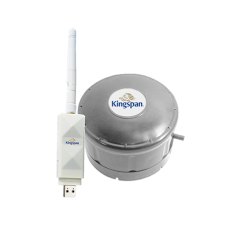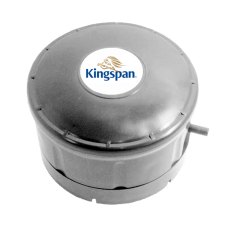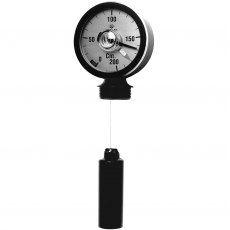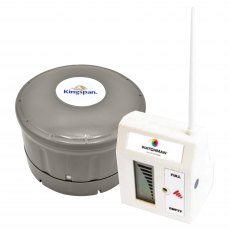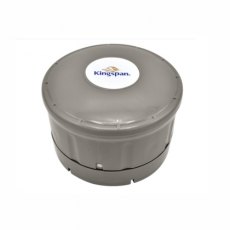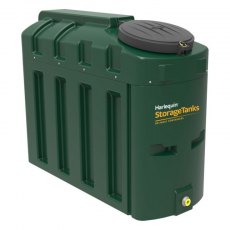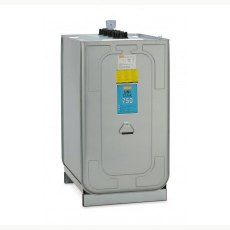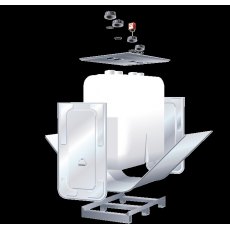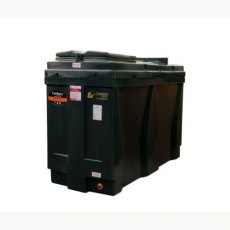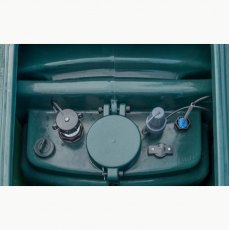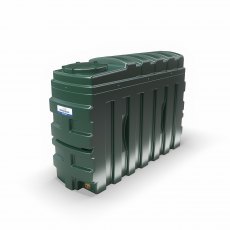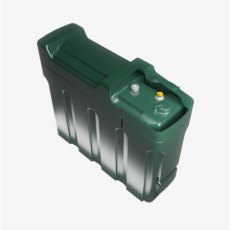Guide to Choosing the Right Oil Tank
.jpg)
Choosing the right oil tank is crucial for several reasons. Firstly, it ensures safety and compliance with local regulations, reducing the risk of leaks or spills that can harm the environment and lead to costly clean-ups. Secondly, the correct tank type and size can significantly enhance efficiency in fuel usage and storage, preventing overfilling and minimizing the need for frequent refills. Additionally, selecting a durable and appropriate tank can save money in the long term by reducing the need for early replacement or maintenance costs. Lastly, the right oil tank aligns with your specific needs, whether for residential heating or commercial purposes, ensuring a reliable and consistent fuel supply. In essence, a well-chosen oil tank not only protects your investment but also contributes to environmental sustainability and personal safety.
Tanks.ie offer a huge range of high-quality oil tanks, both plastic and steel, ranging from 350 litres to 60,000 litres.
Assessing Your Needs
Capacity Requirements
Determining the right size for an oil tank requires a balance between consumption levels and available space. Start by estimating your annual fuel usage, considering factors such as the size of your property, insulation quality, and heating habits. A larger home or a colder climate typically necessitates a larger tank. Then, assess the available space for installing the tank, keeping in mind safety regulations and ease of access for refueling. It's important to choose a tank that fits comfortably within your space while providing enough capacity to avoid frequent refills. For instance, a typical household might opt for a tank between 1,000 to 2,500 litres, but your specific needs might vary. By accurately gauging both your fuel consumption and space constraints, you can select a tank that is efficient, cost-effective, and suitable for your property's needs.
Location Considerations
In Ireland, the placement of oil tanks is governed by specific regulations to ensure safety and environmental protection. It's advised to position your oil tank at least 1.8 meters away from non-fire rated eaves of a building and at least 760mm from non-fire rated boundaries, such as a wooden boundary fence. If the tank is over 2,500 litres, these distances increase, and a fire protection barrier is usually required. Additionally, the tank should be placed on a stable, level base that extends 300mm beyond all sides of the tank, reducing the risk of overbalancing or ground movement. It's also important to ensure the tank is easily accessible for refuelling and maintenance, yet not so visible as to become a target for theft. Following these guidelines not only ensures compliance with Irish regulations but also enhances the safety and longevity of your oil tank.
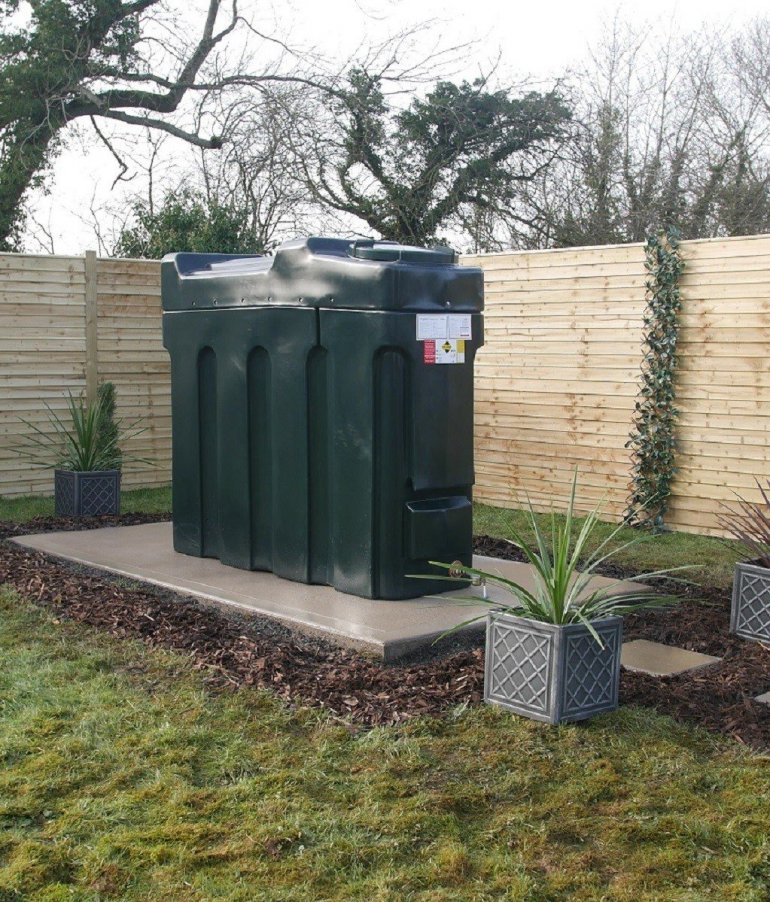
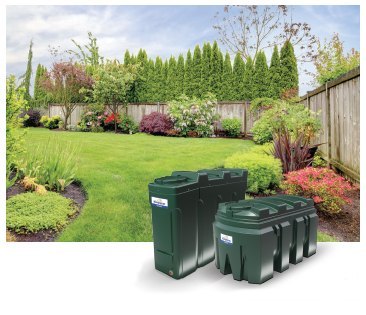
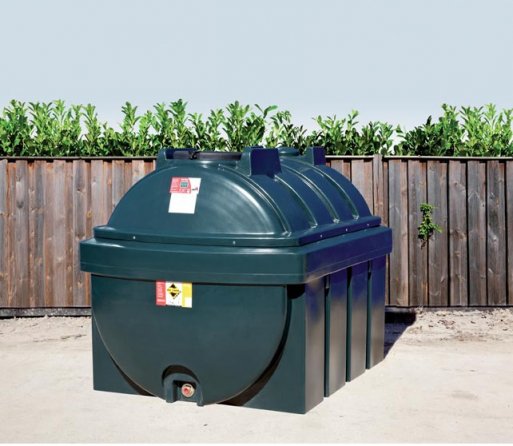
Type of Oil Tanks
Single Skin Tanks
Single skin tanks are a type of oil storage tank made from a single layer of material, typically plastic or steel. These tanks are generally more cost-effective and simpler in design compared to bunded tanks, making them a popular choice for lower-risk, smaller scale applications. They are best suited for areas where a bunded tank is not legally required and where the risk of environmental contamination is minimal. This includes domestic settings with lower oil storage requirements and sites with secondary containment measures already in place. Single skin tanks are recommended when space is limited, and the installation complies with local safety regulations. However, it's important to note that they don't offer the same level of protection against leaks as bunded tanks, so their usage should be carefully considered against potential risks.
Tanks.ie only offer steel single skin tanks.
Bunded Oil Tanks
Bunded tanks are advanced oil storage solutions designed with dual layers – an inner tank for holding oil and an outer layer that acts as a protective shell, creating a secondary containment area. This design offers a significant safety advantage; in the event of a leak from the inner tank, the outer layer contains the spill, preventing environmental contamination and potential fines. In Ireland, bunded tanks are legally required in most commercial settings and for domestic installations with a capacity over 2,500 litres, or in cases where the tank is located near an open drain or watercourse. They are also recommended in environmentally sensitive areas, regardless of size. The robustness of bunded tanks makes them ideal for high-capacity, high-risk scenarios, offering peace of mind through enhanced safety and environmental protection.
Steel Vs Plastic Tanks
When choosing between steel and plastic oil tanks, each material has distinct advantages and considerations. Steel tanks are known for their durability and strength, making them suitable for harsh environments and commercial settings. They can withstand higher pressures and are less susceptible to damage from external elements. However, steel tanks are typically more expensive, heavier, and prone to corrosion if not properly maintained. On the other hand, plastic tanks are lightweight, easier to install, and resistant to corrosion. They are often more cost-effective and ideal for domestic use, especially in areas not prone to extreme conditions. The choice between steel and plastic depends on your specific circumstances: consider factors like budget, location, the potential for extreme weather, and long-term maintenance. For high-demand, industrial applications or in harsh environments, steel is often preferred, while plastic tanks offer a practical solution for most domestic settings.
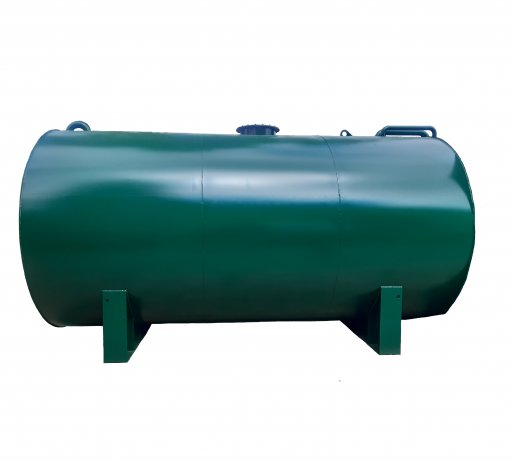
Single Skin Tanks
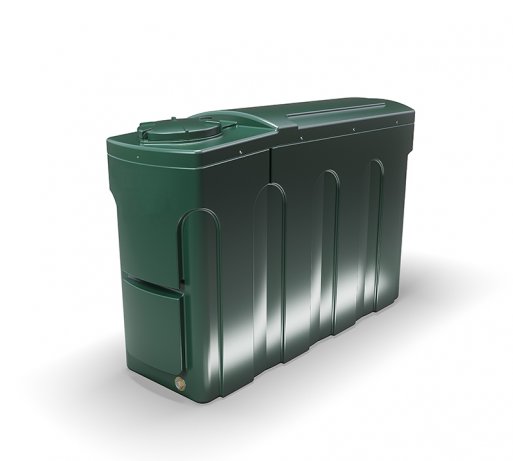
Bunded Oil Tanks
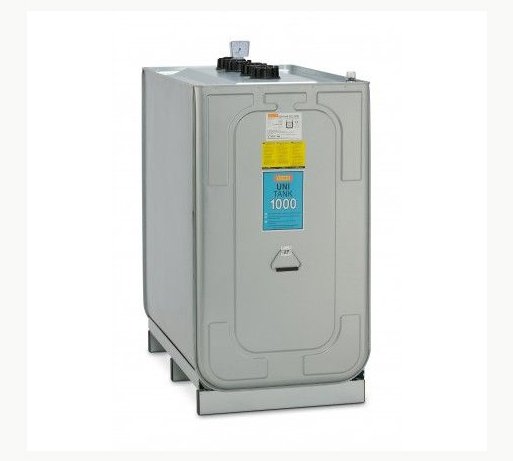
Steel Vs Plastic Tanks
Features to Consider
Durability
When comparing the durability of plastic and steel oil tanks, each material presents unique advantages. Plastic oil tanks, typically made from high-grade polyethylene, are highly resistant to corrosion, a common issue with metal tanks. They are less likely to suffer from rust and degradation caused by external environmental factors, making them a long-lasting option, especially in corrosive environments or areas with high humidity. However, plastic tanks can be more vulnerable to physical damage and UV degradation if not properly shielded. Steel tanks, on the other hand, are renowned for their robustness and structural integrity. They can withstand higher pressures and more severe physical impacts, making them suitable for demanding industrial environments. While steel tanks are more susceptible to corrosion, modern treatments and coatings have significantly improved their resistance, prolonging their lifespan. Ultimately, the choice between plastic and steel should consider the specific environmental conditions, potential physical stresses, and maintenance capabilities to ensure optimal durability and performance.
Maintenance Requirements
The maintenance requirements for plastic and steel oil tanks differ due to their material properties. Plastic oil tanks, being inherently resistant to corrosion, generally require less maintenance. Regular inspections are still necessary to check for cracks, warping, or environmental damage, particularly in areas exposed to extreme temperatures or sunlight. It's also important to keep plastic tanks clean and free of debris to prevent blockages. Steel tanks, while robust, require more vigilant maintenance to prevent rust and corrosion. This includes periodic checks for signs of rust or deterioration, especially at welds and seams, and ensuring protective coatings are intact. Regular cleaning to remove any water or sludge build up is also crucial for steel tanks. In both cases, ensuring the stability of the base and the functionality of fittings and gauges is essential for long-term maintenance. Properly maintained, both types of tanks can offer many years of reliable service, but steel tanks typically demand a more rigorous maintenance routine.
Additional Features
Oil tank gauges, alarms and anti-theft devices can be added to your oil tank to make them more secure.
To make sure your oil tank is compliant with the Irish Oil Tank Regulations click on the article Oil Tank Regulations.
Environmental Considerations
Choosing an Eco-Friendly Oil Tank
Choosing an eco-friendly oil tank involves considering factors that minimize environmental impact. Opt for tanks made from recyclable materials, like certain plastics, which can be repurposed at the end of their lifecycle. Another key aspect is durability; a longer-lasting tank reduces the frequency of replacement and associated environmental costs. Additionally, consider the production methods used to manufacture the tank. Tanks made with energy-efficient processes and sustainable materials are preferable. Bunded tanks, offering extra protection against leaks and spills, are also a more environmentally responsible choice, as they significantly reduce the risk of soil and water contamination. Lastly, ensure the tank's size appropriately matches your needs to prevent overfilling and inefficient fuel usage, which can lead to increased carbon emissions. By prioritizing these aspects, you can select an oil tank that aligns with eco-friendly practices while meeting your storage needs.
Information on Responsible Disposal or Recycling of Old Oil Tanks
Responsibly disposing or recycling old oil tanks is crucial for environmental protection. When a tank is no longer usable, it should never be simply discarded. For plastic tanks, recycling is often the best option. Many components of plastic tanks can be repurposed into new products, reducing waste and conserving resources. For steel tanks, recycling is also a viable option, as steel is highly recyclable and can be melted down to create new products. Before disposal or recycling, it's essential to thoroughly clean the tank of any residual oil or sludge to prevent contamination. This should be done by a professional to ensure it's safe and compliant with environmental regulations. Additionally, check with local authorities or waste management services for specific guidelines and facilities that accept old tanks for recycling or disposal. By following these steps, you can ensure that your old oil tank is disposed of in a way that minimally impacts the environment.
Sample of Oil Tanks Available
Choosing a reputable supplier like Tanks.ie is crucial for ensuring quality, safety, and compliance in oil tank purchases. A reputable supplier guarantees that the tanks meet industry standards and regulations, reducing the risk of environmental hazards and legal complications. They provide high-quality products made from durable materials, ensuring longevity and reliability. Additionally, established suppliers often offer comprehensive services, including professional advice on selection, proper installation, and maintenance, which are essential for safe and efficient tank operation. Moreover, trustworthy suppliers typically provide warranties and customer support, ensuring peace of mind and assistance in case of any issues. By choosing a supplier like Tanks.ie, known for its reputation and expertise, customers can confidently invest in a product that securely meets their needs while adhering to the highest standards of safety and environmental responsibility.
Please browse Tanks.ie’s range of oil tanks and if you are still unsure of which oil tank id the best one for you, please give our sales team a call.

How to Prevent Theft of Heating Oil
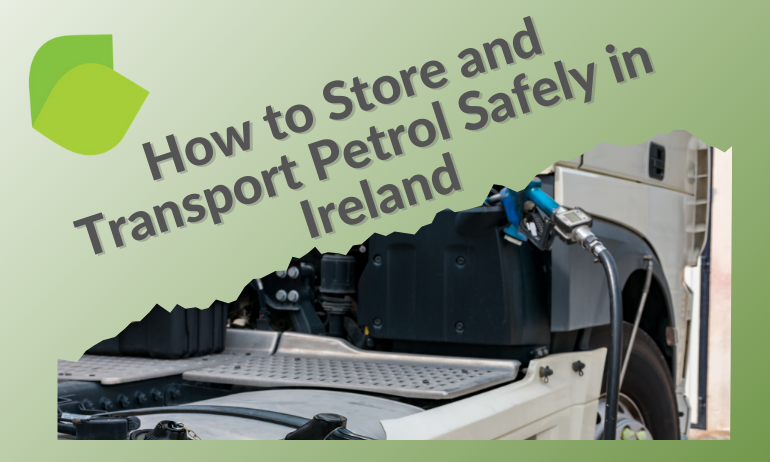
How to Store and Transport Petrol Safely In Ireland

 Login
Login
